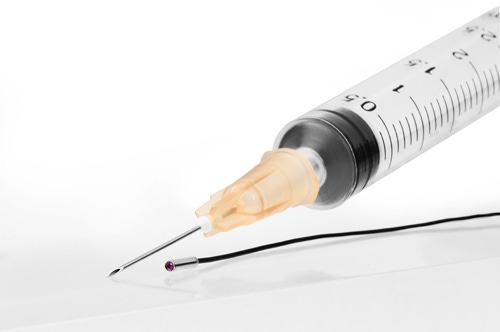February 4, 2015

Minimally invasive surgery has been facilitated by the development of microcameras that can peer into tiny body cavities. The development of microcameras, in turn, has been facilitated by advancements in the area of integrated circuits. A case in point is the micro ScoutCam line of cameras.
Bob Michaels
Manufactured by Medigus Ltd. (Omer, Israel), the ScoutCam system is said to be the world smallest CMOS/charge-coupled device camera suitable for medical device applications.
"The micro ScoutCam was developed using a 2.2-µm CMOS technology that offers a 224 × 220 pixel image, remarks Yaron Silberman, vice president of sales and marketing at Medigus. "This technology was developed by detaching the photon from the electron conversion, enabling the creation of an outer diameter measuring only 1.2 × 5 mm, or roughly half the size of a grain of rice." Equipped with a five-lens objective, the camera features a 0.7 × 0.7-mm CMOS sensor designed to image miniature dimensions. These dimensions, Silberman adds, "enable physicians to directly visualize areas unreachable by existing video cameras because of their size limitations.
"The technology's small optical modules, which measure less than 1 mm, were key to developing this camera," Silberman says. "In addition, R&D efforts allowed us to separate parts of the design elements from the CMOS sensor, thus making parts of the sensor redundant." By decreasing the size of the sensor, the company was also able to reduce the diameter of the cable, enabling the camera's integration into a range of devices used in gastroenterology, bronchoscopy, cardiology, ENT procedures, urology, gynecology, general surgery, orthopedics, and natural-orifice transluminal endoscopic surgery.
About the Author(s)
You May Also Like


